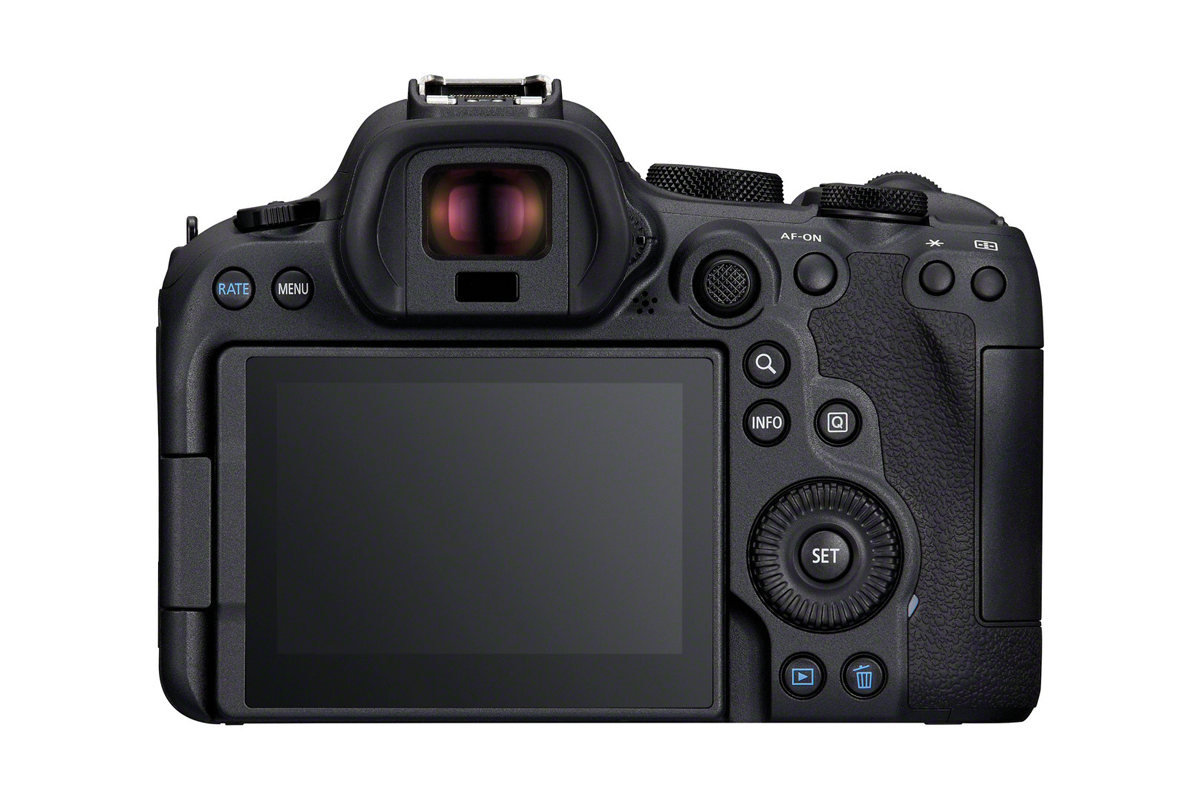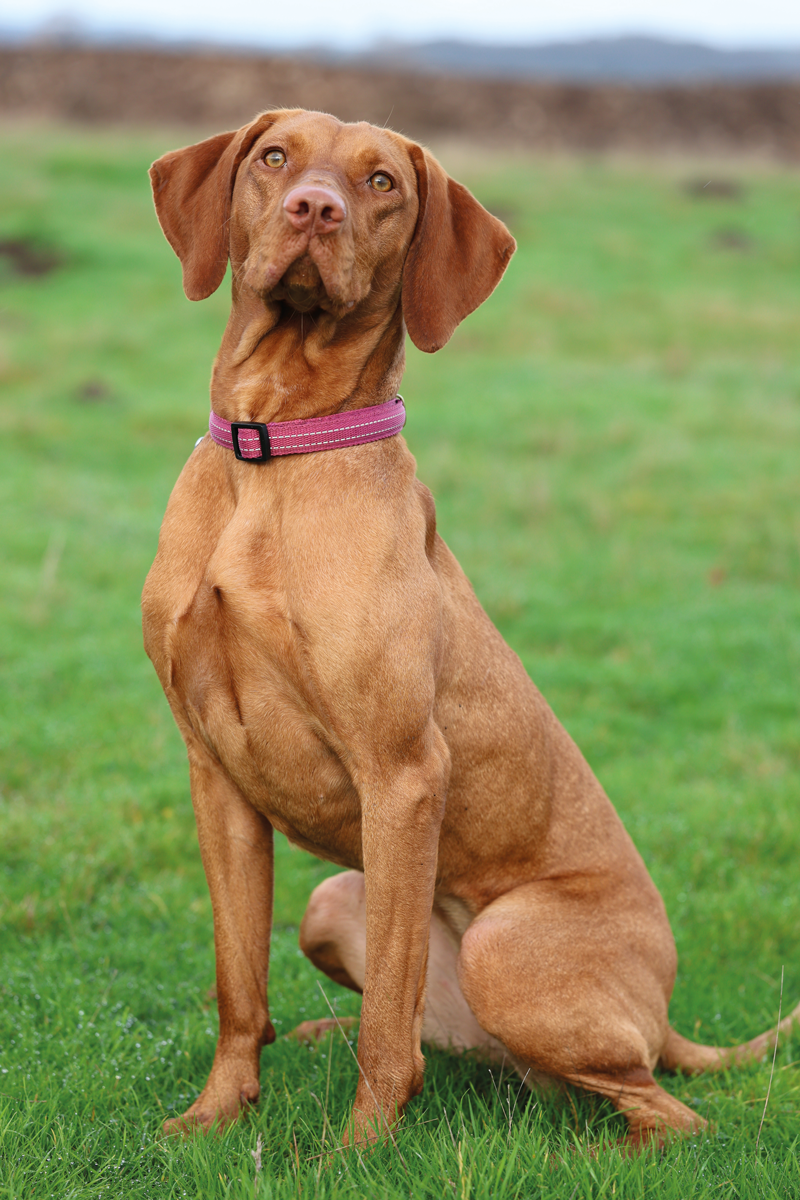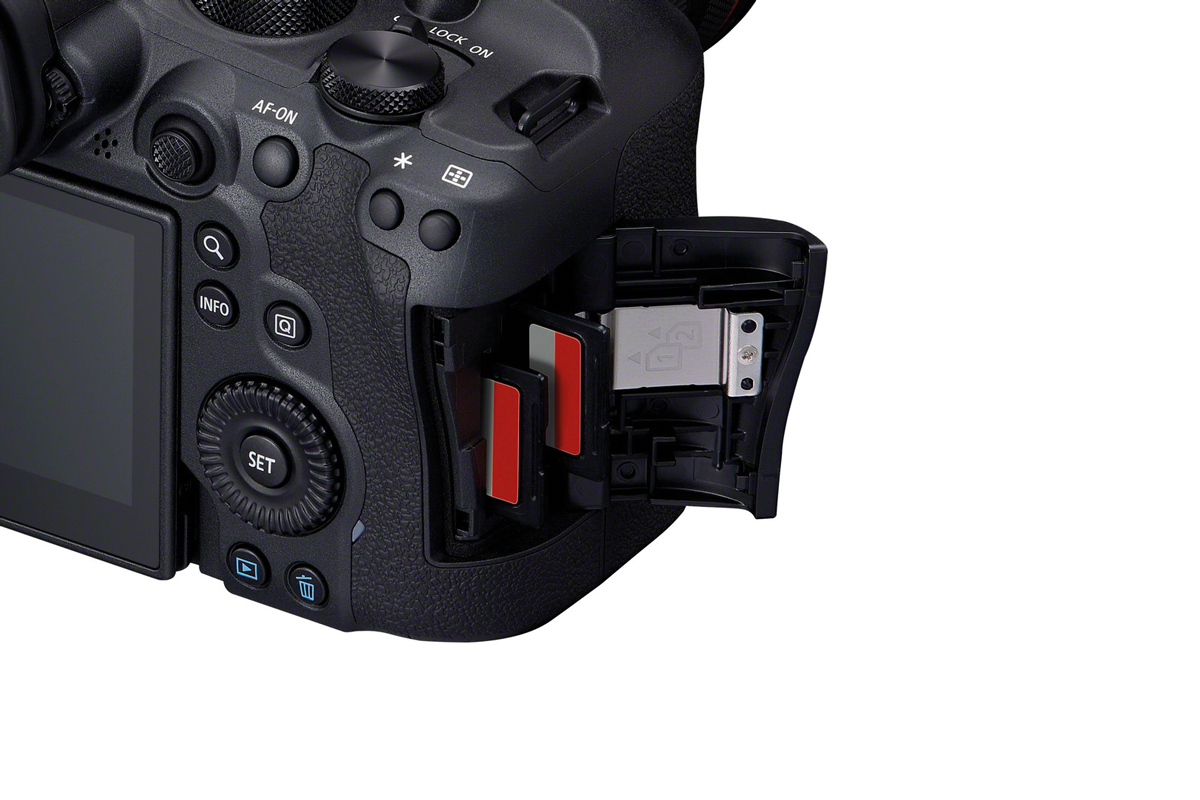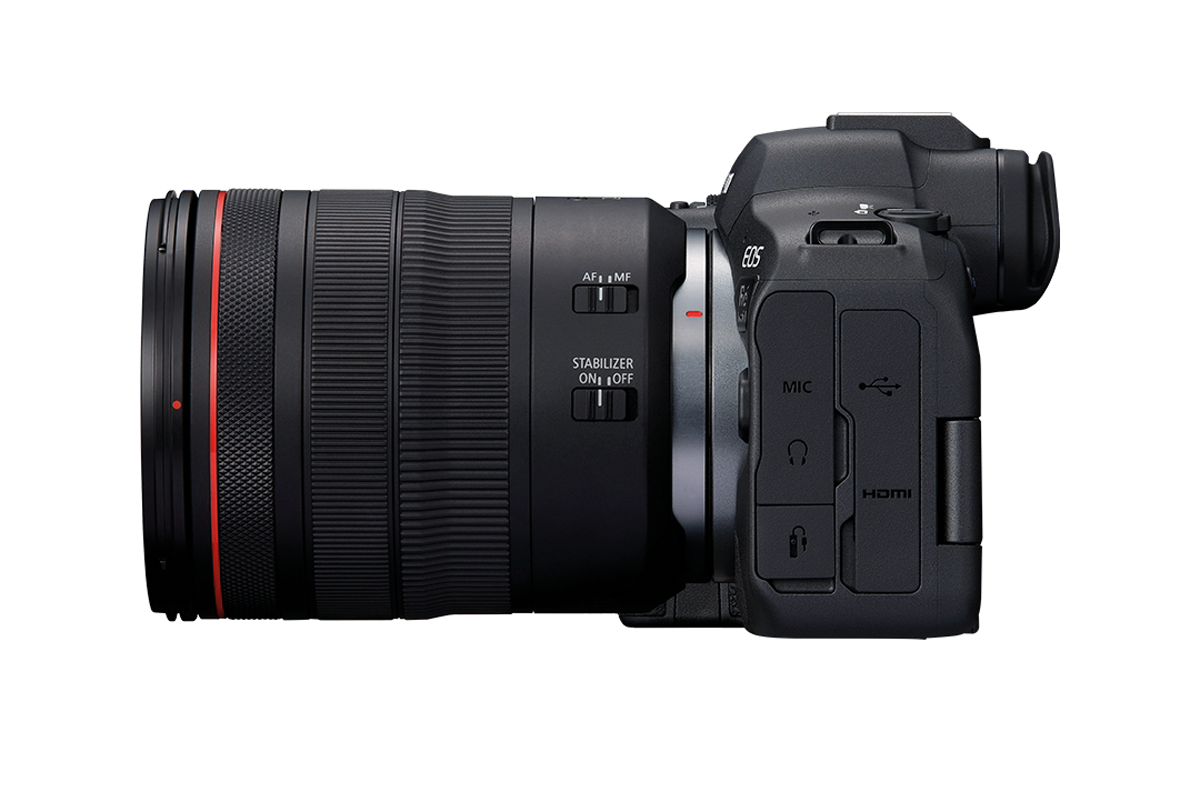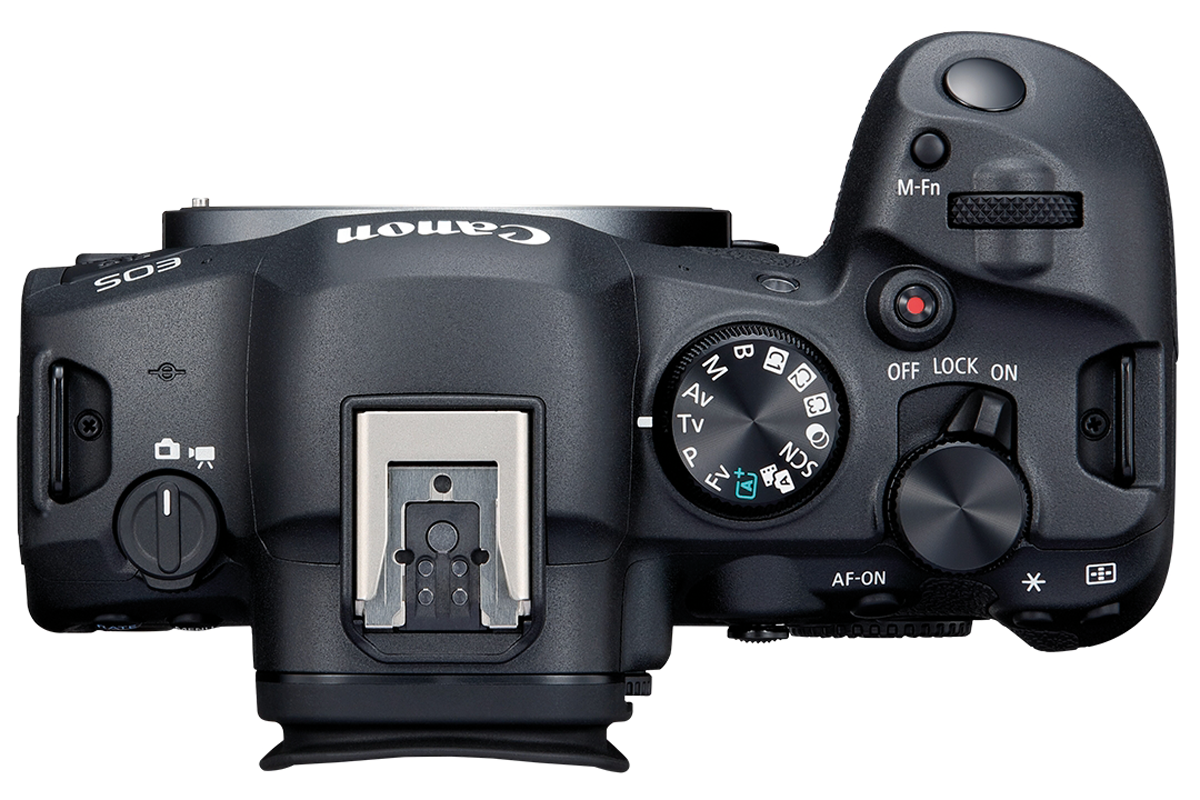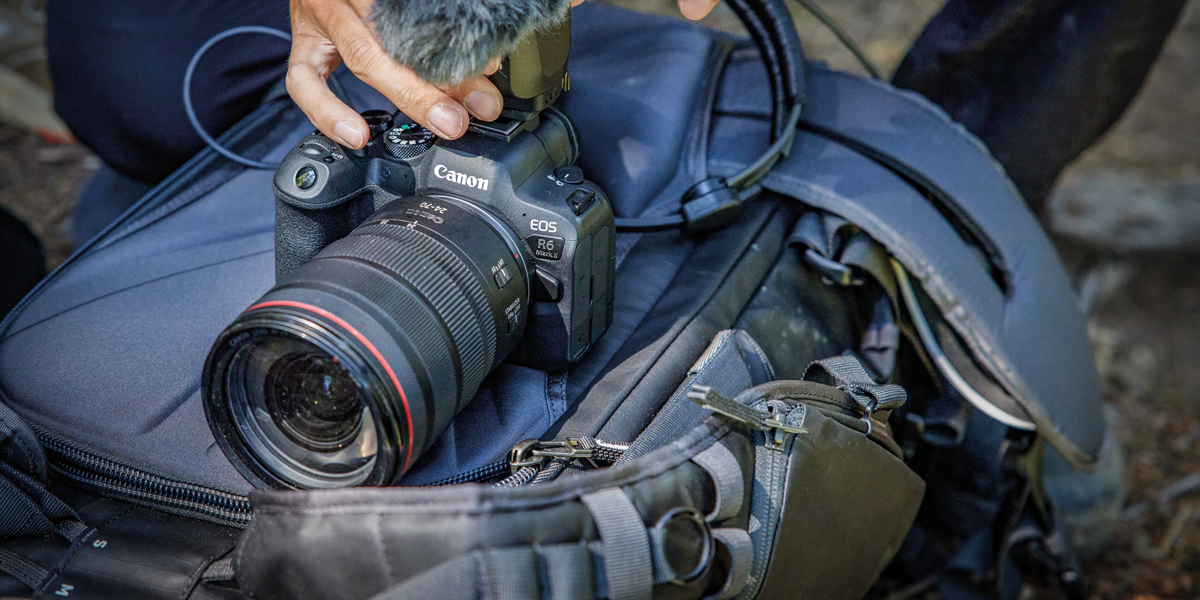
Canon R6 II test: Best of both worlds
Posted on Apr 27, 2023 by Samara Husbands
The Canon EOS R6 II’s video spec might not break new ground, but it’s one of the finest hybrids for shooting stills and movies
If you have been filming on a DSLR or mirrorless camera for video for any length of time, it seems like every generation has been heralded as a ‘hybrid’ for shooting stills as well as video. But in recent times, the hybrid lines have been blurred, especially when you consider Canon’s range.
For example, the EOS C70 is a hybrid of a mirrorless and cinema camera, complete with Super 35 dual gain sensor, fan cooling and a combination of EOS mirrorless and Cinema EOS controls. The 8K EOS R5 C is a more video-focused version of the full-frame EOS R5, with a fan to stop the 45-megapixel sensor overheating, but has no in-body image stabilisation.
That leaves the new EOS R6 Mark II, a revamped version of the original that came out in 2020. It’s easy to get disappointed from a video viewpoint as it doesn’t have fan cooling or a Cinema EOS bloodline, stacked sensor for speed like the EOS R3, Cinema Raw Light video codec or even All-Intra, 10-bit 4:2:2 shooting. There’s no massive resolution for incredible stills performance or 8K video either.
But by sticking to just 24.2 megapixels, it proves that it’s not the number of pixels, it’s what you do with them that counts. What Canon has created is a sensor sweet spot, as it not only creates great images, but also does so ruthlessly quickly and in pretty much any lighting conditions. For video, its 4K/60p might not be 4:2:2 10-bit, All-Intra, ProRes or anything fancy, but as it’s oversampled from 6K and takes in the full width of the sensor, it’s very impressive. It doesn’t cause overheating, either. If you must have more detail, 6K ProRes Raw footage is possible via the HDMI port to an Atomos recorder. Sadly, the HDMI is not full size.
The only way of shooting in 10-bit internally is to use Canon Log 3. Everything else is 8-bit internal which gives around 12 stops of real-world, useful dynamic range. If slow motion is your thing, you’ll get up to 180fps at Full HD.
These headline features really only scratch the surface – the Mark II comes with a host of video functionality that cements it as a solid all-rounder. Add in the fantastic IBIS and Dual Pixel CMOS AF and what you get is a very capable camera that can shoot pro-quality stills and video for not a huge amount of money, along with the colours Canon is famous for. The audio is good, too, with compression you can alter to get the best sound.
If stills are your bag, the EOS R6 II is a speedy performer despite lack of expensive stacked sensor tech. The camera uses the same Digic X processor as its predecessor, but the readout speed has been boosted, meaning the camera can now deliver up to 40fps with the electronic shutter. That includes focus and exposure calculations between each frame. If you prefer mechanical shutter operation you’ll still get 12fps, plus there’s a 30fps Raw Burst mode and pre-release capture that records images 0.5sec before you press the shutter.
This blistering speed is allied to an autofocus system taken from the range-topping EOS R3. If you’ve ever used that camera, you’ll know it’s no slouch. The autofocus is super sticky, locks on quickly and could certainly keep up with our tests on an erratic pup. Part of this is due to the expanded range of subjects the system can lock on to, which now includes cats, horses, birds, trains, aircraft and – of course – dogs. It also uses AI-based learning to help deliver its impressive performance. It will even maintain focus on a subject leaving the frame and then reappearing.
“Compared to the original camera, the body design sports some subtle enhancements and weather sealing still features”
Our tests were largely taken in a nightmarish mix of leaden skies and heavy rain – so all of this impressive AF performance was delivered in low-contrast conditions that would normally make you stay indoors.
In low-light conditions, the highly powerful image stabilisation system delivers. The camera is claimed to have up to eight stops of stabilisation, and it works well. Just walking around the house and going up and down stairs, the footage was smooth and well-controlled.
While we’re on the subject of low-light capabilities, the R6 Mark II offers a top native ISO of 102,400, which can be expanded to 204,801. At the other end, native ISO goes down to 100, with 50 available in the expanded setting. Beyond the numbers, image quality at higher ISOs is definitely impressive, with usable images well into five-figure settings even.
Compared to the original camera, the body design sports some subtle enhancements. Weather sealing still features, but the Mark II is 10g lighter. The on/off switch, which resided on the left of the top-plate on the Mark I version, now sits around the command dial on the right and has been replaced with a switch to quickly flick between photo and video capture.
Menu navigation is typically Canon and will be familiar to anyone that has picked up one of its digital cameras in the last 20 years. One small but mighty feature is the ability to check why a menu option isn’t available. It can be a constant frustration to find menu options greyed out, then having to try and crack the code as to why. Not so on the R6 Mark II – simply select the greyed out feature and the camera explains the cause.
The R6 Mark II uses the same rechargeable cell as its predecessor, but Canon has managed to cajole more out of it. In real-world terms, battery life is excellent.
Other new features include a top shutter speed of 1/16,000sec (electronic shutter only), focus bracketing and stacking in-camera – as well as false colour warnings. Furthermore, there is Dual Pixel Raw mode for making tweaks to focus points and bokeh after the picture is taken, and the addition of optical viewfinder assist, a feature snaffled from the R3.
The EVF is excellent – big and bright – which makes viewing very simple, but OVF assist means the camera feels like a DSLR. With the option selected, making changes to the exposure isn’t reflected in the viewfinder. Unfortunately, it’s a nod back to DSLR tech that isn’t needed. It’s good to have the sanity check of a dark or oddly coloured viewfinder if the exposure or white-balance settings are wrong.
A couple of other niggles: when choosing a custom white-balance, Canon insists setting it for video involves taking a still photo and using that. Also, if you open the card door then the camera instantly switches off, so sadly there isn’t the possibility of hot-swapping cards during a shoot.
For connectivity, the Mark II supports 5GHz Wi-Fi, upgraded Bluetooth and offers a faster USB-C port than the Mark I. It can also be used as a webcam without need for additional paraphernalia. Canon has seen fit to update its Camera Connect app alongside the launch of the R6 Mark II, boasting a new user interface and more intuitive set-up.
With a whole host of upgrades, lovely oversampled 4K/60p footage and fantastic stills, the EOS R6 II is a great all-rounder that could fit into a Canon workflow at any level. Very few image creators need more than the EOS offers.
“The R6 Mark II uses the same rechargeable cell as its predecessor, but Canon has cajoled more out of it.”
The verdict
The EOS R6 Mark II sets out its stall as a jack-of-all-trades. But far from being a master of none, it handles all you throw at it. It’s decently specified from a video perspective and delivers high-quality footage, while producing exceptional still images.
For video, the lack of All-Intra, 10-bit in anything but C-Log3 and no internal Raw means the footage isn’t the most data-packed for hardcore grading. And there’s no 17:9 C4K. But it is still very good for general use, especially the 4K/60p downsampled from 6K. The zebras and false colour are a bonus, and rolling shutter issues are well-controlled. Image stabilisation is great, too, especially for a full-frame camera.
Autofocus performance stands out when tackling subjects on the move. Combined with the low rolling shutter, it is a great camera for action and fast pans, and especially good in low light.
Last month’s announcement of the Canon EOS R8 – with the same sensor but no IBIS at a lower price – means you now have a choice of affordable full-frame mirrorless from Canon.
Overall rating: 8/10
More information canon.co.uk.
Originally featured in the March/April 2023 issue of Pro Moviemaker.

